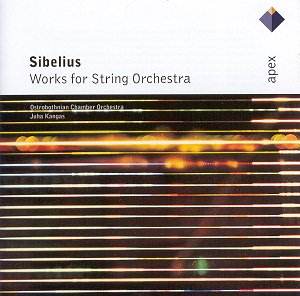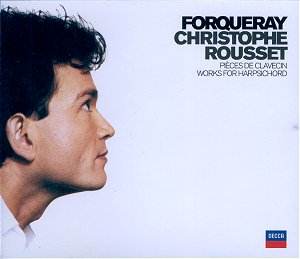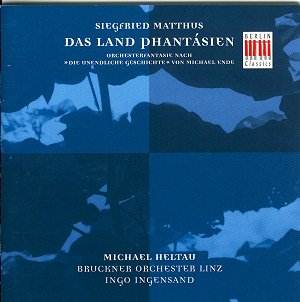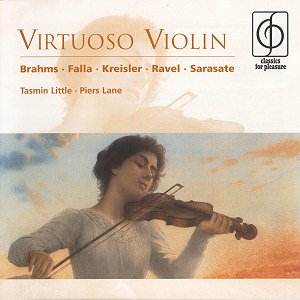 Composer: Jean Sibelius
Composer: Jean Sibelius
Works: Ett ensamt skidspör, for reciter, strings and harp; Grevinnans konterfej, for reciter and strings; Incidental music: Rodlan, Opus 8; Presto; Andante Festivo; Rakastava, Opus 14; Romance, Opus 42; Suite Champêtre, Opus 98b; Impromptu Suite for violin and strings, Opus 114
Performers: Lilga Kovanku, Matti Lehtinen (reciters); Jari Valo (violin); Ostrobothnian Chamber Orchestra/Juha Kangas
Recording: Recorded September 1993, Kaustinen Church, Finland
Label: WARNER APEX 09274 06072
Sibelius, often celebrated for his grand symphonic works, also produced a wealth of smaller pieces that reveal the nuanced and intricate aspects of his artistry. This collection, recorded in the acoustically rich Kaustinen Church, showcases Sibelius’s remarkable ability to evoke emotion through string orchestration and recitation, presenting a fertile ground for exploration into lesser-known gems of his oeuvre. The intertwining of strings and spoken word in pieces such as “Ett ensamt skidspör” and “Grevinnans konterfej” illuminates his fascination with melodrama and storytelling, providing a sonic tapestry that invites both reflection and engagement.
Under the meticulous direction of Juha Kangas, the Ostrobothnian Chamber Orchestra delivers a polished performance that captures the essence of Sibelius’s intimate textures and rich harmonies. The three-movement Suite “Rakastava,” perhaps the collection’s centerpiece, stands out with its delicate interplay between melancholy and warmth. The subtle shifts in dynamics, particularly in the second movement, reveal a profound understanding of the emotional landscape Sibelius intended to convey. The ensemble’s ability to navigate the intricate scoring—marked by lyrical lines and lush harmonies—demonstrates a high level of technical proficiency, allowing the music’s inherent beauty to shine through.
The recording itself is of notable quality; the engineering captures the warmth and resonance of the strings beautifully, immersing the listener in the sonorous environment of the church. Each note is rendered with clarity, showcasing the ensemble’s nuanced articulations and the rich tonal palette that Sibelius so expertly draws upon. This careful attention to sound quality enhances the listener’s experience, creating an almost palpable connection to the performance. However, while the sonic experience is largely commendable, the insert booklet’s design detracts somewhat from the overall presentation. The small print and tightly packed notes could have benefitted from greater clarity, leaving the listener to navigate the informative yet challenging text.
The inclusion of the two recitative pieces, while intriguing, presents a challenge for international audiences due to the absence of translations. Though the performances by Kovanku and Lehtinen are compelling, the lack of accessibility may limit appreciation of the texts’ emotional weight. Nonetheless, the entire collection remains a testament to Sibelius’s craftsmanship, with each piece—regardless of its place in the composer’s canon—exhibiting a strong sense of identity and character.
This anthology of Sibelius’s works for string orchestra not only illuminates the lesser-known facets of his output but also serves as a reminder of his rich contributions to the string repertoire. While not every piece resonates with the weight of his most celebrated works, the collection offers a delightful exploration of his stylistic versatility and emotional depth. The performances are commendable, the recording is superb, and the overall experience is one that rewards both the casual listener and the ardent Sibelius enthusiast alike.



